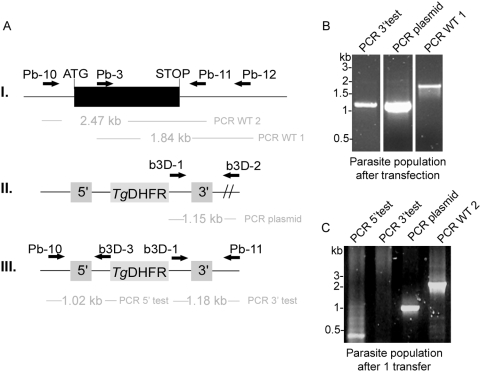Figure 8. PbLplA1 is sublethal for asexual parasite growth.
A. Gene replacement strategy to generate potential LplA1-REP null mutants. The wild-type PbLplA1 genomic locus (I.) is targeted with a KpnI/SacII-linearized replacement vector (b3D-LplA1-REP; II.) containing 5′ and 3′ regions of the LplA1 open reading frame that flank the T. gondii DHFR/TS positive selectable marker. Upon a double cross-over event, the endogenous LplA1 gene is replaced by the selection marker (III.). Wild-type, plasmid, and replacement-specific primer combinations are indicated by arrows and expected sizes of diagnostic PCRs are given. B. Genotyping indicates transient replacement parasites (left panel). Lane 1: PCR of 3′-replacement fragment using primer pair b3D-1 and Pb-11 which amplified a PCR fragment of 1.18 kb. The fragment was subcloned and its nucleotide sequence verified. Lane 2: PCR using b3D-1 and b3D-2 to amplify a 1.15 kb fragment diagnostic for the recombined episome. Lane 3: PCR diagnostic for presence of wild-type parasites using primer combination Pb-3 and Pb-12 amplifying a 1.84 kb fragment which was sequenced to verify its authenticity. C. Diagnostic PCRs after the mixed population was transferred into a fresh animal. Lane 1: PCR with primer pair Pb-10 and b3D-3 to amplify the 5′-integration fragment of 1.02 kb. No clear product was detectable. Lane 2: PCR with primer pair b3D-1 and Pb-11 to amplify the 3′-integration fragment of 1.18 kb. No product was detectable. Lane 3: PCR of episomal recombined plasmid using b3D-1 and b3D-2 to amplify a 1.15 kb band. The fragment was subcloned and its sequence verified. Lane 4: PCR diagnostic for presence of wild-type parasites using primer combination Pb-10 and Pb-11 amplifying a 2.47 kb fragment which was sequenced to verify its authenticity.

